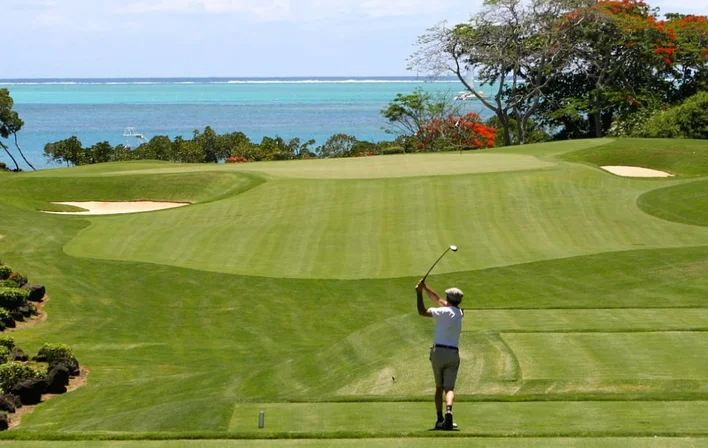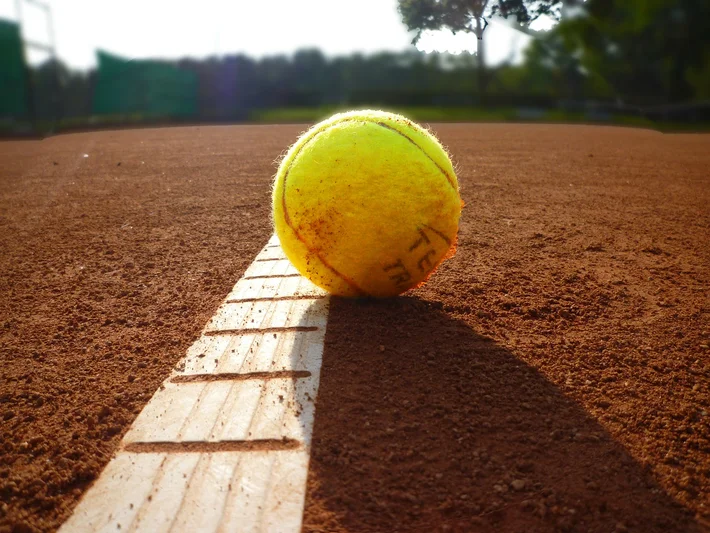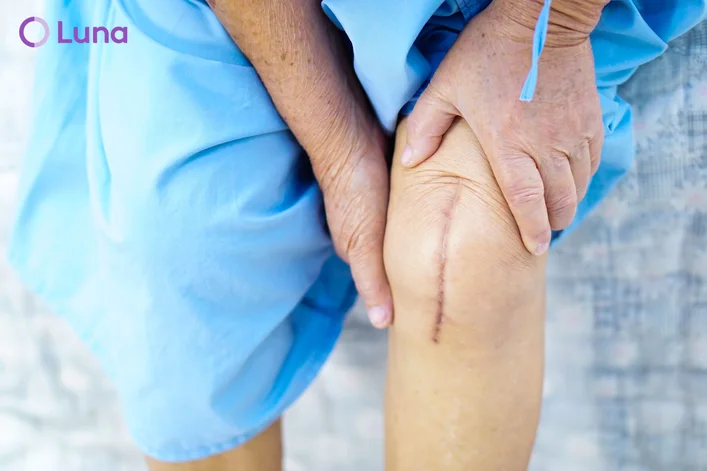
Meet with the best golfer’s elbow physical therapists in Elko, Nevada
Elko, Nevada, Luna’s physical therapists can help you to create a golfer’s elbow recovery plan that’s tailored to your condition and needs. With years of experience treating patients with various tendon-related conditions, our licensed PTs are dedicated to helping you return to the activities you love as soon and as safely as possible.
Luna’s physical therapists are available to treat you in the comfort of your home. It’s physical therapy, delivered.

What is golfer’s elbow?
Golfer’s elbow is the more common term for medial epicondylitis, a condition that occurs due to small tears in the tendons that connect the forearm to the elbow. Golfer’s elbow causes pain and inflammation centered on the bony bump on the elbow, although pain can radiate into the rest of the forearm as well.
Like tennis elbow, golfer’s elbow is a form of elbow tendinitis that is usually the result of repetitive swinging or gripping motion. Tennis elbow affects the inside of the elbow, while patients with golfer’s elbow experience discomfort on the outside of the elbow. However, neither of these conditions are exclusive to the sport for which they are named — tennis players can and do experience golf elbow, as does anyone else who engages in repetitive hand, wrist, or forearm motion.
In fact, golfer’s elbow sometimes goes by the name “pitcher’s elbow,” as baseball pitchers are at high risk of developing the condition. People who frequently bowl, rake, use screwdrivers or hammers, or paint are also at risk. Fortunately, a combination of rest and physical therapy are usually enough to diminish pain and discomfort.
Source: WebMD

What causes golfer’s elbow?
Golfer’s elbow is a result of repeated or one-time damage to the muscles and tendons that connect the elbow to the wrist. The single most common cause of golfer’s elbow is chronic overuse, which can cause repeated stress on the tendons that may result in small tears.
While the name may lead patients to believe that golf is the only cause of the condition, a number of sports, occupations, and activities can cause medial epicondylitis. Common culprits include tennis, baseball, archery, football, weightlifting, construction, plumbing, and carpentry. Any activity that places chronic stress on the elbow or wrist can place patients at risk of developing golfer’s elbow.
The most common causes of golfer’s elbow include:
- Golf or racket sports
- Throwing sports
- Weightlifting
- Repetitive occupational movements

















